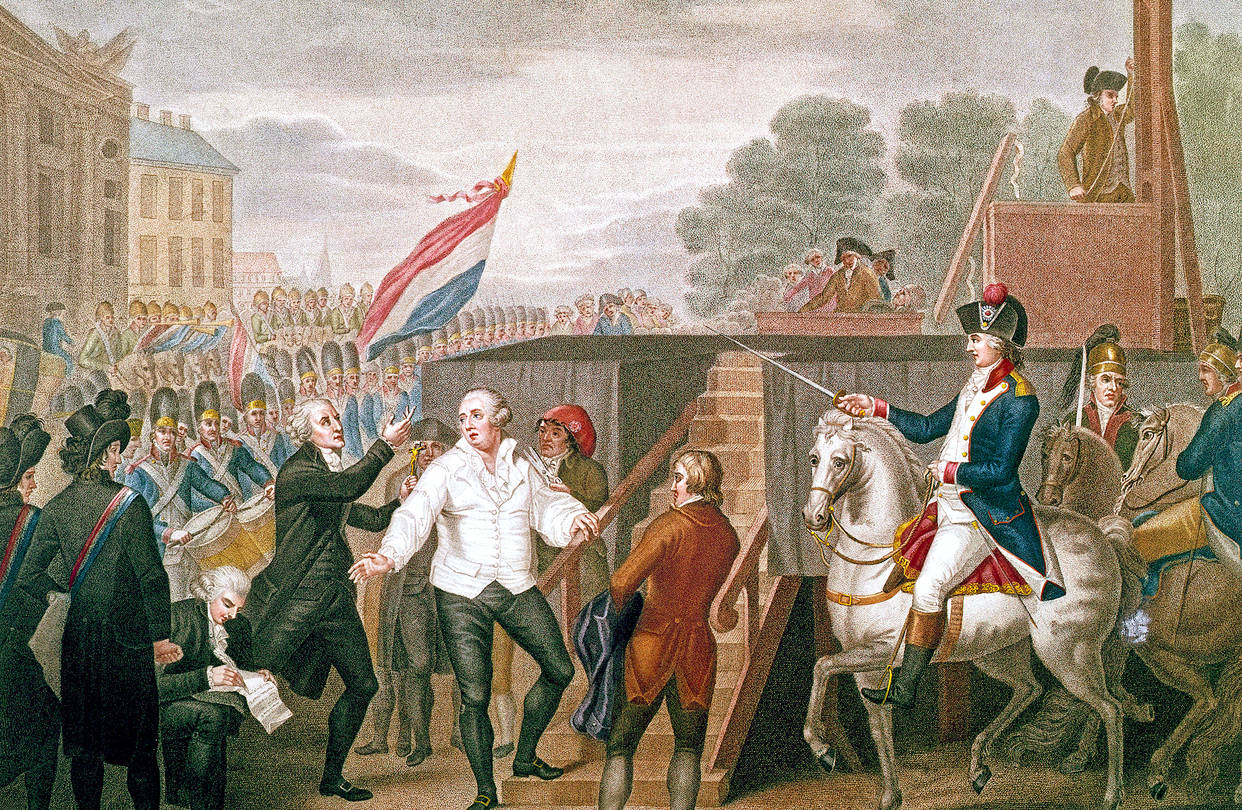The agricultural revolution—the second force transforming the modern economy—centered on improvements that enabled fewer farmers to produce more crops. The Netherlands were the leaders, producing the highest yields per acre while also pioneering in the culture of new crops like the potato, the turnip, and clover.
Turnips furnished feed for livestock until the spring pasturing season began, thus eliminating the necessity for massive slaughtering of stock at the onset of winter. Clover, by fixing nitrogen in the soil, increased the fertility of the land and ended the need to have fields lie fallow every third year. Livestock breeding was also improved.
In England the new crops were taken up by Lord (“Turnip”) Townshend (1674-1738), whose plan for a four-year rotation—planting a field in turnips, barley, clover, and wheat in successive years—became standard on many English estates. Jethro Tull (1674-1741) adapted French methods to the grain fields of England. In place of the inefficient custom of scattering seed broadcast, he planted it deep in regular rows with a horse-drawn hoe.
The improvements of Tull and Townshend won enthusiastic praise from Arthur Young (1741-1820), who published lengthy reports on his frequent trips through the farming districts of Britain and the Continent. Young won an international following that included George III, George Washington, the marquis de Lafayette, and Catherine the Great.
The agricultural revolution of the eighteenth century came close to ending wholesale famines in Europe, even if it did not prevent recurring food shortages. It also marked an important stage in the gradual shift from the largely self-sufficient manor of the Middle Ages to the capitalist farm producing specialized crops.
The “improving landlords” needed large amounts of capital and large plots of land that were not subdivided or otherwise used in common by many farmers. There was a mounting demand that common fields be fenced off as the private lands of single landlords. Enclosures, which in Tudor England were introduced to extend sheep pastures, were now sought to increase cropland.
Enclosure created large farms well suited to drill- planting, horse-hoeing, and crop rotation, but it also created widespread social misery. The development of large estates ruined many small farmers, or yeomen, who could not survive without the right to use common lands, and who could not afford to buy tools and install fences. Many of them became hired hands on big farms or sought work in the expanding towns.
Some became poachers, illegally taking game from the great estates. In 1723 Parliament passed the Waltham Black Act, which was aimed at controlling new crimes that were, in effect, socially defined, such as being armed with weapons and appearing in forests or enclosed lands with faces blackened, which was taken as evidence of the intention to steal or kill animals, to take crops or wood, or to set fire to the property of the owners.

